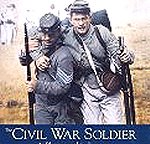 The Civil War Soldier A Photographic Journey Unposed photographs of Civil War reenactors with sound historical research, photographer and reenactor Ray Carson has captured the reality of the common soldier's life. |
American Civil War Pictures
|
|
|
|
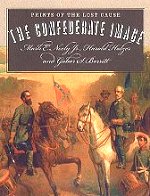
General Alexander Shaler was awarded the U.S. Army's highest honor for his valor in the Second Battle of Fredericksburg. He also fought at Gettysburg and Wilderness, where he was captured and later returned to the Union side in a prisoner exchange. 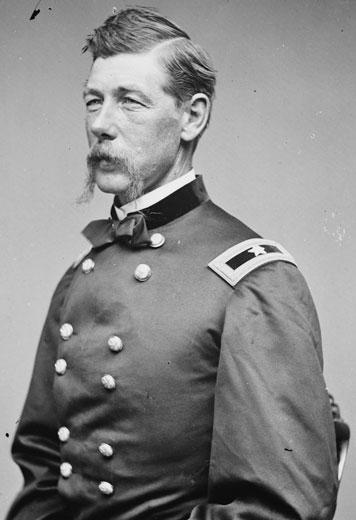 |
Brig. General Benjamin Alvord was the rare West Point graduate with a talent for math. Much of his Army career was spent out West; during the Civil War he oversaw the District of Oregon, where he built up defenses along the Columbia River. Alvord became known after the war as an expert in mathematics. 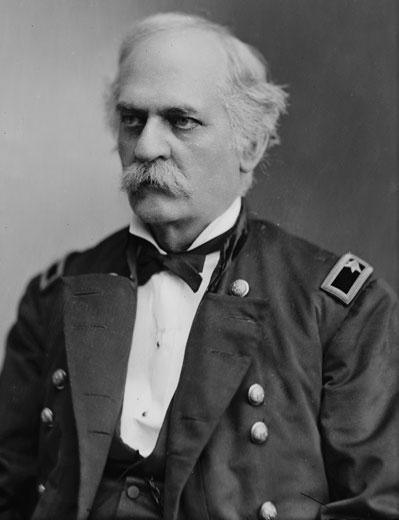 |
Confederate General Carter Littlepage Stevenson left the U.S. Army when his home state of Virginia seceded from the Union in 1861. He withstood the Siege of Vicksburg, commanding the entire right flank of the Confederate Army. Stevenson also fought at the Battle of Chattanooga and was among the officers who surrendered to Union General Sherman in the waning months of the war. 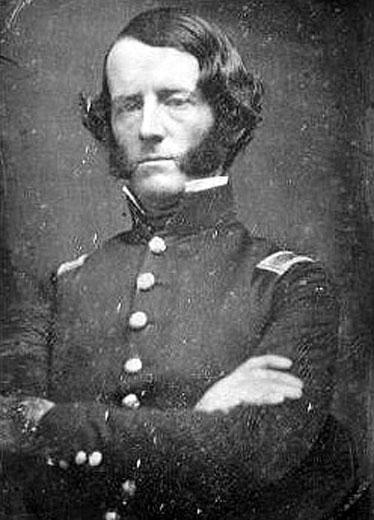 |
Maj. General Alpheus Williams was originally a member of the Michigan militia and was training volunteers when the Civil War began. He was heavily engaged in the Battle of Antietam, and his division also saw action in the Battles of Chancellorsville and Gettysburg, finishing its war service during General Sherman's March to the Sea 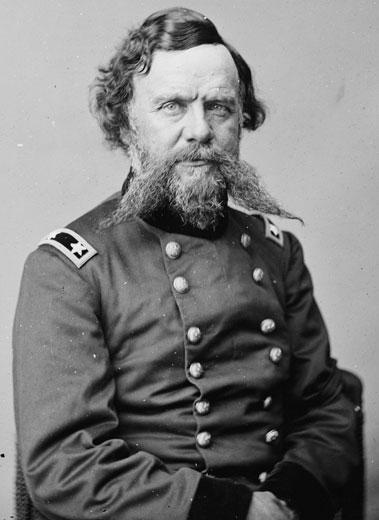 |
Just weeks after the bombardment of Fort Sumter, Adelbert Ames graduated from West Point and was commissioned a second lieutenant in the U.S. Army. After finding success as an artillery officer, Ames switched to the infantry, served as the aide-de-camp for General George Meade, and led a division during Gettysburg. After the war, he was appointed provisional governor of Mississippi, and even though he was labeled a "carpetbagger," he was elected to be a U.S. senator and later, again governor. 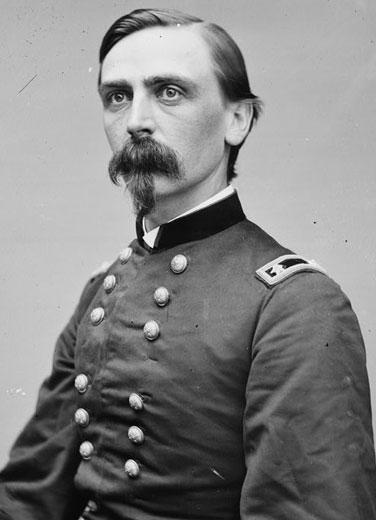 |
One of the most celebrated Confederate officers, Maj. General James Ewell Brown (J.E.B.) Stuart was a West Point graduate who was a part of the U.S. Army brigade that captured John Brown of Harpers Ferry fame. Once he resigned and joined the Army of Northern Virginia, he became famous for his role as the battleground commander during the Peninsular Campaign and the Battle of Gettysburg. He was mortally wounded at the Battle of Yellow Tavern in 1864. More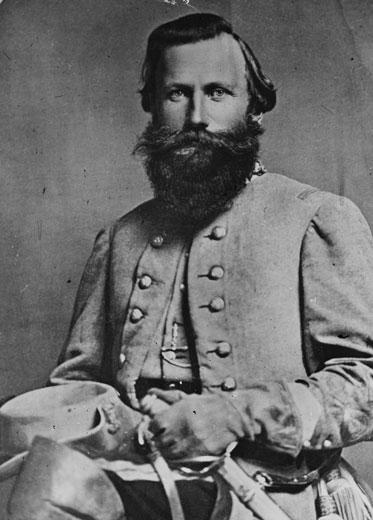 |
Rear Admiral Stephen Bleecker Luce commanded the Nantucket during the siege of Charleston but is best known for his career after the war. In 1884, he founded the Naval War College in Newport, Rhode Island. 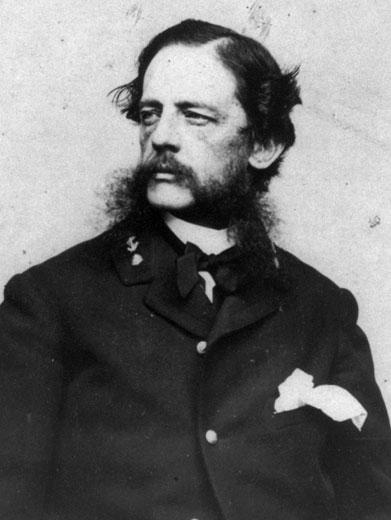 |
A veteran of the Second Seminole War, Col. John Haskell King was initially assigned to the Western theater, where he commanded troops in the Battle of Shiloh. After receiving a promotion for his bravery at the Battle of Chickamauga, King was engaged in the Atlanta campaign, remaining through the siege of Atlanta. 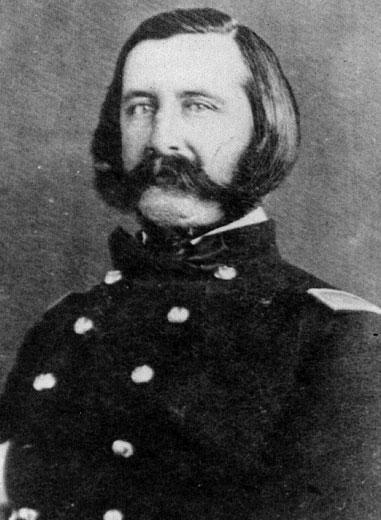 |
Despite hailing from Virginia and attending college in South Carolina, Maj. General John Dunlap Stevenson served with the Union Army during the war. He fought in a Missouri regiment and after the war practiced law in St. Louis. 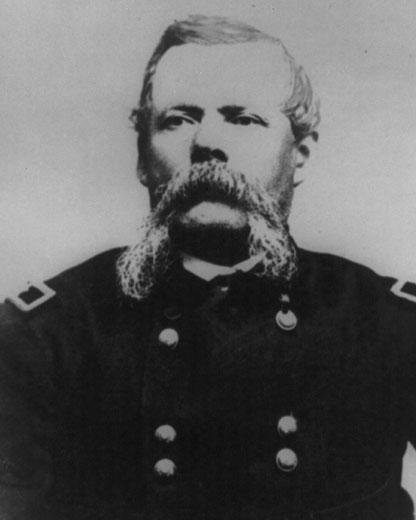 |
Maj. General James Allen Hardie served during the Mexican-American War and in the Civil War largely played an administrative role. When General George Meade received word that he was to be commander of the Army of the Potomac, it was from orders delivered by Hardie. 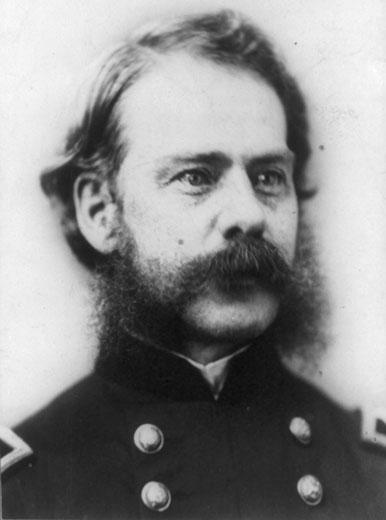 |
After recovering from injuries sustained while battling Comanches in Texas in 1859, Maj. General W.B. Hazen commanded a brigade in the Army of the Ohio and was instrumental to the Union victory at the Battle of Shiloh. His troops were also successful at Chattanooga and during the Atlanta Campaign. After the war, President Hayes appointed Hazen chief signal officer, a position he held until his death in 1887. 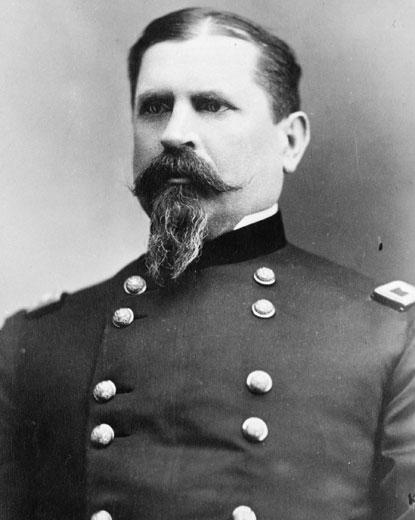 |
Lt. General John McAllister Schofield graduated near the top of his class from West Point and taught philosophy at the academy before leaving to teach at Washington University in St. Louis. Schofield quickly moved up the ranks, commanding the entire Army of the Frontier by 1863. He crippled the Confederate Army at the Battles of Franklin and Nashville, and joined General Sherman's army in North Carolina. He served in the subsequent Johnson administration as secretary of war. 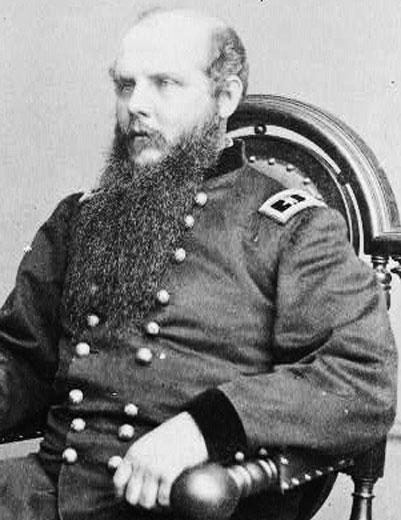 |
An 1847 graduate of West Point, Maj. General Romeyn B. Ayres commanded Union artillerymen during the Peninsular campaign, but transferred to the infantry corps in time to lead a brigade during the Battle of Chancellorsville. After the Battle of Gettysburg, where he also saw action, Ayres was sent to New York City to help quell the draft riots. 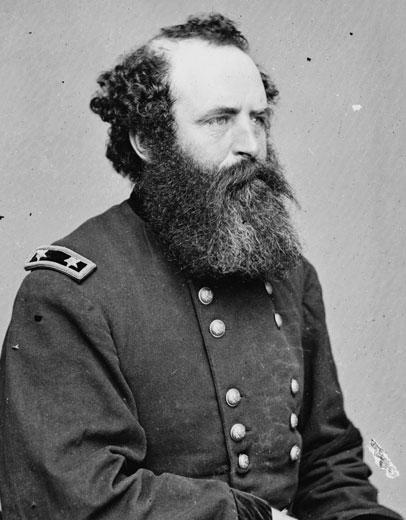 |
A one-term congressman from New York, Honorable Abram Wakeman raised the 85th Pennsylvania volunteers and served as New York City postmaster during the Civil War. Heavily connected with the Republican Party in New York, Wakeman was instrumental in Lincoln's reelection campaign.  |
Between graduating from West Point in 1852 and the outbreak of the Civil War, Maj. General George Crook was stationed in northern California. By September 1862, he led an Ohio brigade at South Mountain and Antietam and flitted between various commands in West Virginia and Maryland. 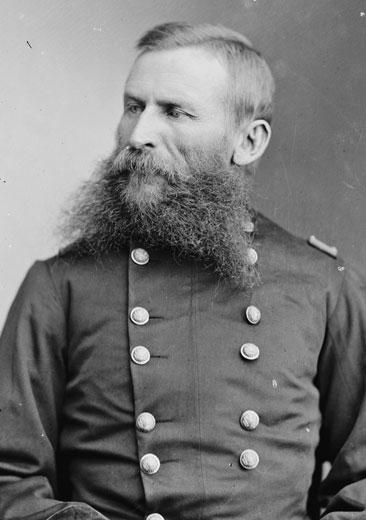 |
Rear Adm. John Lorimer Worden was the first commander of the Union USS Monitor, leading his naval crew against the CSS Virginia, the first battle in history between two ironclads. Worden was slightly injured during the stalemated skirmish, but oversaw the construction and command of several other ironclads over the course of the war. 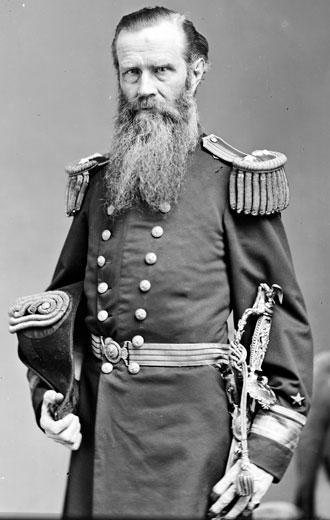 |
Maj. General Ambrose Burnside organized an infantry corps out of Rhode Island and was among the first in Washington, D.C. to protect the capital. In 1862, he was named commander of the Army of the Potomac, but his failure at the Battle of Fredericksburg caused him to turn over control to General Joseph Hooker. Burnside had varied successes (Siege of Knoxville) and defeats (Siege of Petersburg.) He resigned his commission in April 1865. More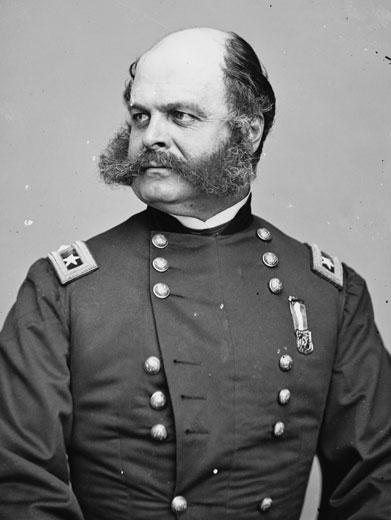 |
Maj. General Winfield Scott Hancock was stationed in Los Angeles when the Civil War began. A veritable Zelig of the war, Hancock was a critical field general in the Battles of Williamsburg, Antietam, Chancellorsville, Gettysburg, the Wilderness and Spotsylvania Courthouse. After the war, he served as commander of the Division of the Atlantic and ran for president as a Democrat in 1880, losing to James Garfield. 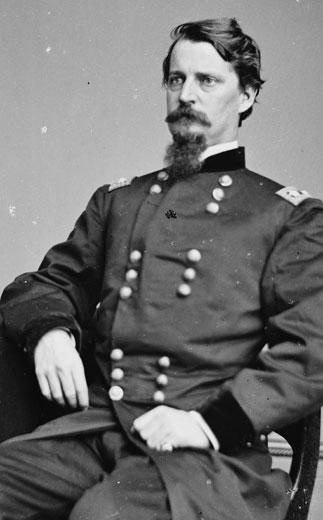 |
Only a captain at the start of the war, Samuel Sprigs Carroll was a brigadier general by 1864 due to his valor in the Battles of Chancellorsville and Gettysburg. He was often wounded during fighting; after the Battle of Spotsylvania Courthouse, his left arm was amputated. After he recovered, he still continued to command a division in the Army of the Shenandoah and serve in the Army after the war.  |
Prior to the war, Maj. General Hiram Berdan invented the Berdan rifle, patented a type of musket ball and was considered an expert marksman. The Union Army recruited the military innovator to create a sharpshooter corps, a special forces group dressed in green that battled at Gettysburg, Shepherdstown and elsewhere. 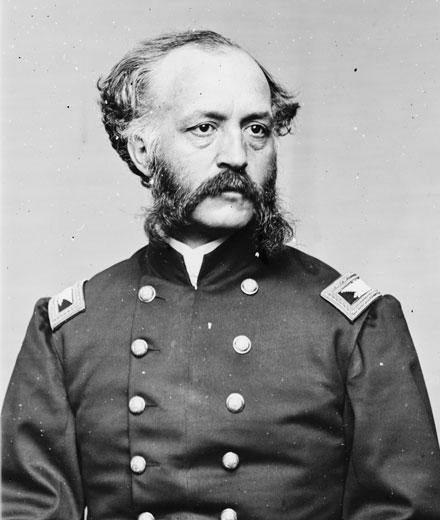 |
Maj. General Christopher C. Augur, class of 1843 from West Point, fought against Native American tribes in the Pacific Northwest prior to the Civil War. He was severely wounded at the Battle of Cedar Mountain, but recovered and commanded a division during the siege of Port Hudson. 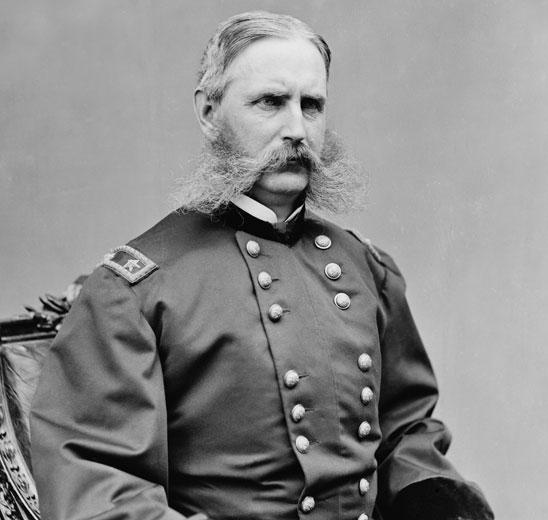 |
Adm. Thomas O. Selfridge Jr. took command of the USS Monitor after John L. Worden was wounded. He engaged in various other naval campaigns in the Gulf of Mexico and off the coast of North Carolina. 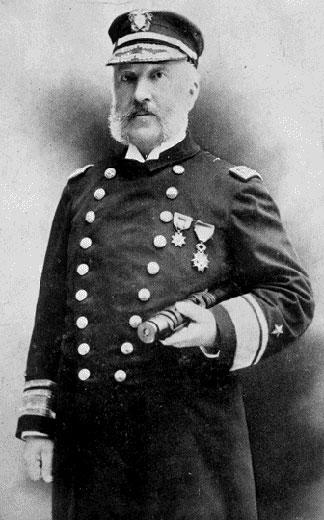 |
| Confederate Commanders | Union Officers |
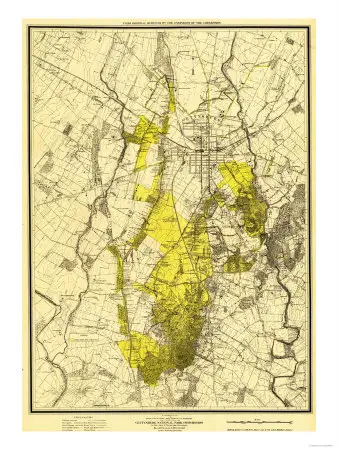 Battle of Gettysburg - Civil War Panoramic Map 18 in. x 24 in. Buy at AllPosters.com Framed Mounted |
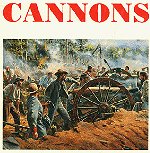 Cannons: An Introduction to Civil War Artillery The concise guide to the weapons, ammunition and equipment of Civil War artillery. More than 150 photos and drawings. |
|
Lincoln - McClellan - Staff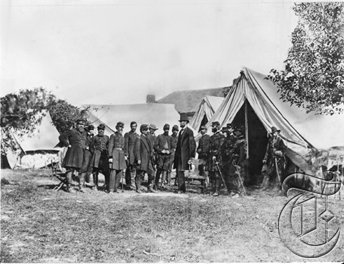 |
American Civil War Exhibits
Civil War Ships and Naval Battles
Young Readers Selections
Civil War Timeline
Women in the War
Civil War Summary
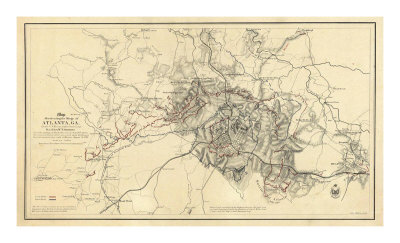 The Siege of Atlanta, Georgia, c.1864 48 in. x 29.125 in. Buy at AllPosters.com Framed |
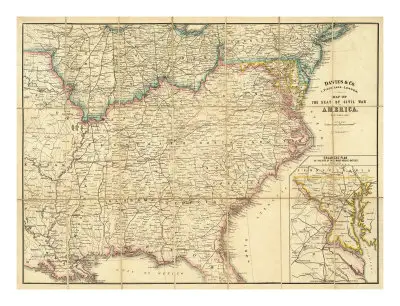 Map of the Civil War In America, c.1862 48 in. x 36.625 in. Buy at AllPosters.com |
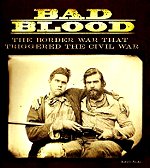 Bad Blood: The Border War That Triggered the Civil War In the years leading up to the Civil War, a bloody conflict between slaveholders and abolitionists focused the nation's eyes on the state of Missouri and the territory of Kansas. Told through the actual words of slave owners, free-staters, border ruffians, and politicians, Bad Blood presents the complex morality, differing values, and life-and-death decisions faced by those who lived on the Missouri-Kansas border |
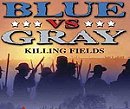 Blue Vs. Gray - Killing Fields Relive the most vicious fighting of the Civil War, in which General Ulysses S. Grant forcibly reversed the tide of the conflict by paying with the blood of thousands. It was a desperate time for the Union |
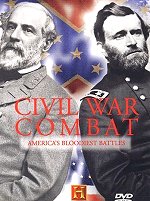 Civil War Combat: America's Bloodiest Battles The violent mayhem of the hornet's nest at Shiloh, the valiant charge on the sunken road at Antietam, the carnage in the wheat field at Gettysburg, and the brutal fighting at Cold Harbor |
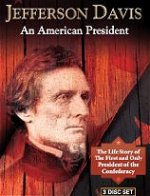 Jefferson Davis An American President One of the most outstanding statesmen of the United States during the first 60 years of the 19th century, he sacrificed everything to defend the South's position regarding the rights of the states and conservative constitutional interpretation. Against staggering odds he led the South and held it together in the bloody Civil War or War Between the States |
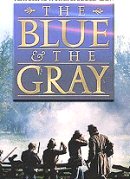 The Blue and the Gray The Complete Miniseries The Civil War proved a backdrop for this 1982 miniseries. Complete and uncut three disc set. Two families divided by the War Between the States. A Southerner caught when he becomes a war correspondent for the Northern newspaper. He finds himself where history's in the making from the Battle of Bull Run to Abraham Lincoln's assassination |
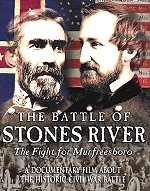 Battle of Stones River The Fight for Murfreesboro At dawn on December 31, 1862 the two armies clashed in a deadly struggle along the banks of Stones River. |
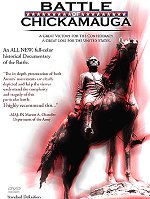 The Battle of Chickamauga Special Widescreen Edition Chickamauga one of the fiercest engagements of the American Civil War. Over a period of two days, more than 100,000 men struggled for control of the south's transportation hub, Chattanooga. |
 Struggle For Vicksburg Photography of the park with authentic battlefield illustrations and life-like paintings. Vicksburg's wartime role in the bloody and brutal conflict. |
Kindle Available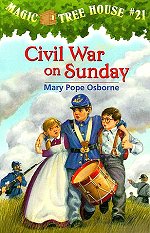 Civil War on Sunday Mary Pope Osborne's tremendously popular Magic Tree House series launches into a new realm, as Jack and Annie are challenged to save Camelot. Young readers will effortlessly learn the basics of Civil War history, while losing themselves in another gripping tale that has turned many a nonreader into a bookworm. (Ages 5 to 8) |
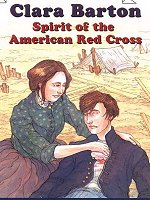 Clara Barton: Spirit of the American Red Cross Ready To Read - Level Three Clara Barton was very shy and sensitive, and not always sure of herself. But her fighting spirit and desire to help others drove her to become one of the world's most famous humanitarians. Learn all about the life of the woman who formed the American Red Cross. |
Kindle Available The Civil War for Kids History explodes in this activity guide spanning the turmoil preceding secession, the first shots fired at Fort Sumter, the fierce battles on land and sea, and finally the Confederate surrender at Appomattox. Making butternut dye for a Rebel uniform, learning drills and signals with flags, decoding wigwag, baking hardtack, reenacting battles, and making a medicine kit bring this pivotal period in our nation's history to life. |
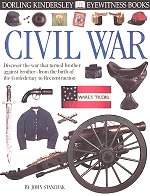 Eye Witness Civil War Eyewitness Civil War includes everything from the issues that divided the country, to the battles that shaped the conflict, to the birth of the reunited states. Rich, full-color photographs of rare documents, powerful weapons, and priceless artifacts plus stunning images of legendary commanders, unsung heroes, and memorable heroines |
 If You Lived at the Time of the Civil War All of the "If you Lived at the Time of..." books are great for kids, and also a nice, quick read for adults! What I like about them is their layout, which is easy for readers to follow. Each page begins with a question, "Would you have seen a battle in the South?" for example. Nicely drawn illustrations accompany each answer. |
 Day Of Tears Through flashbacks and flash-forwards, and shifting first-person points of view, readers will travel with Emma and others through time and place, and come to understand that every decision has its consequences, and final judgment is passed down not by man, but by his maker. |
Kindle Available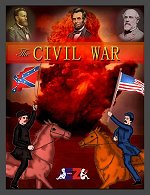 The Civil War Introduces young readers to the harrowing true story of the American Civil War and its immediate aftermath. A surprisingly detailed battle-by-battle account of America's deadliest conflict ensues, culminating in the restoration of the Union followed by the tragic assassination of President Lincoln |
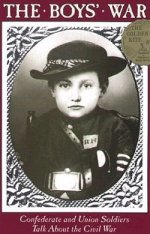 The Boys War With the many boys who fought in the civil war most of them lied about their age. A lot of them wrote letters or had a diary. Johnny Clem had run away from his home at 11. At age 12 he tried to enlist but they refused to let him join because he was clearly too young. The next day he came back to join as a drummer boy. |
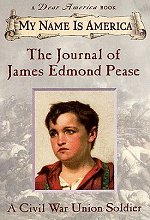 The Journal of James Edmond Pease: A Civil War Union Soldier, Virginia, 1863 James was only 15 when he joined, but he was able to get in. Nobody really liked him cause he was unlucky. One day in the confusion he charged ahead of his company and scared off all the Confederates single handed. After that, he became well liked by most people and soon rose Corporal. He showed his bravery when he spent a week in enemy territory. By the end of the war he rose up to Second Lieutenant. |
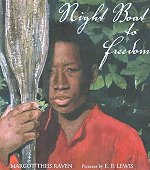 Night Boat To Freedom Night Boat to Freedom is a wonderful story about the Underground Railroad, as told from the point of view of two "ordinary" people who made it possible. Beyond that, it is a story about dignity and courage, and a devotion to the ideal of freedom. |
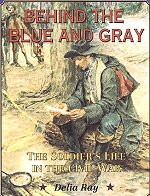 Behind the Blue and Gray The Soldier's Life in the Civil War Civil War reading can be very dry, but not this book. Delia Ray takes us on a soldiers journey beginning with enlistment and ending with a soldiers life after the war, using quotes from actual letters and diaries strategically placed throughout the book. |
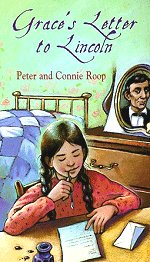 Grace's Letter to Lincoln Many important details of the time period help to make the reader understand what life was like then. It also includes photos of the actual letters written between Grace and Mr. Lincoln |
Sources:
Library of Congress
Smithsonian Magazine